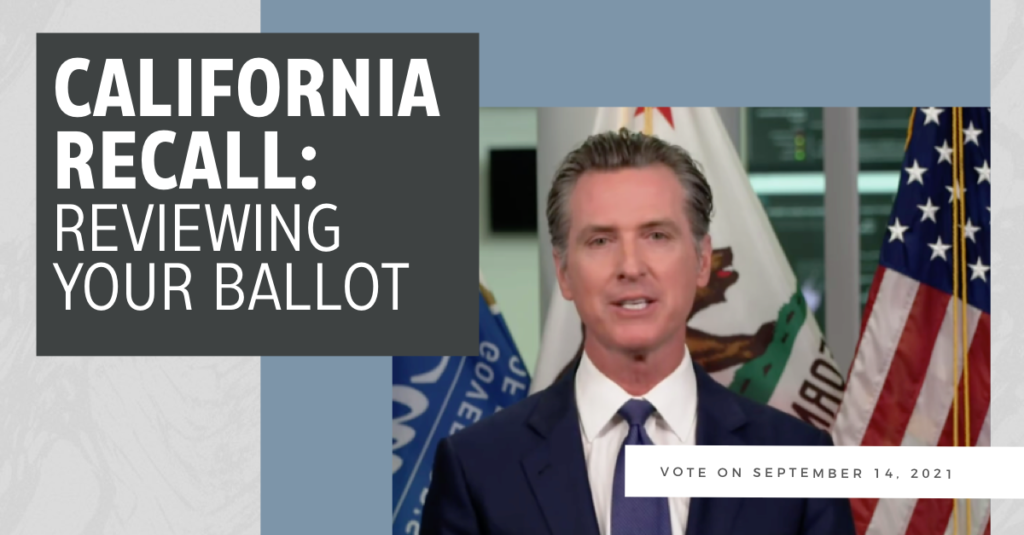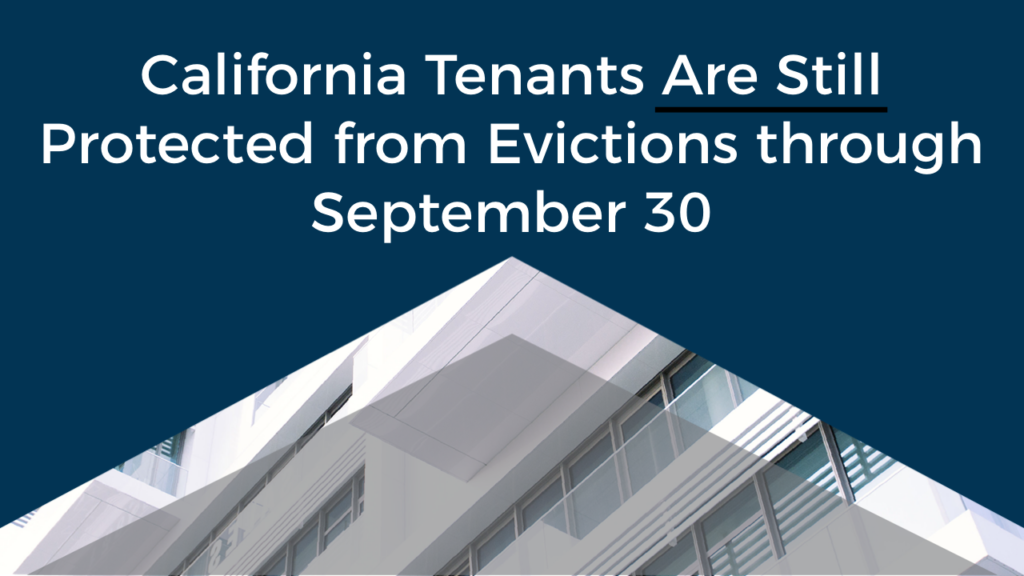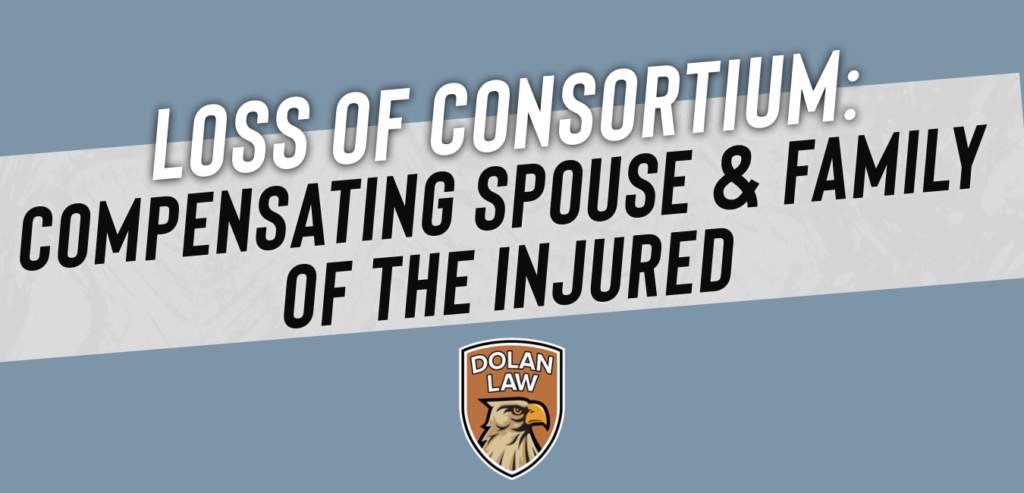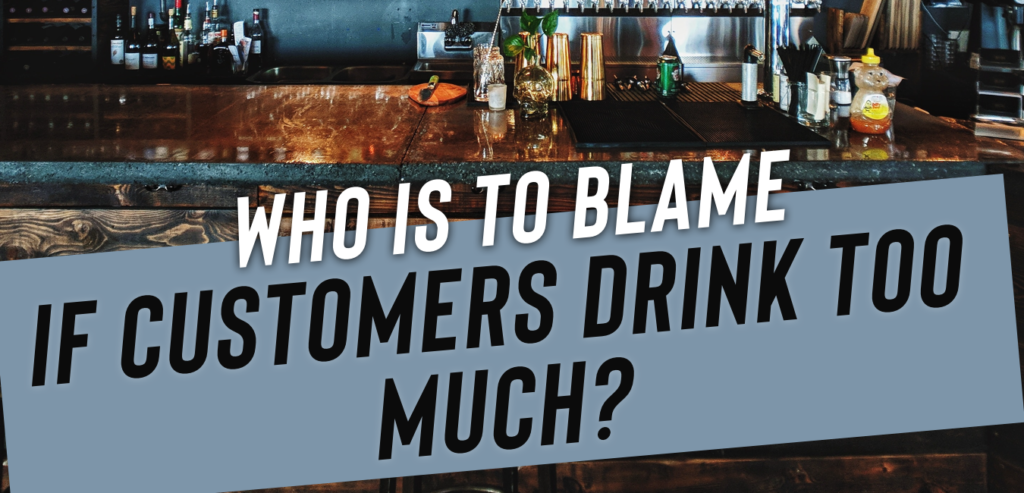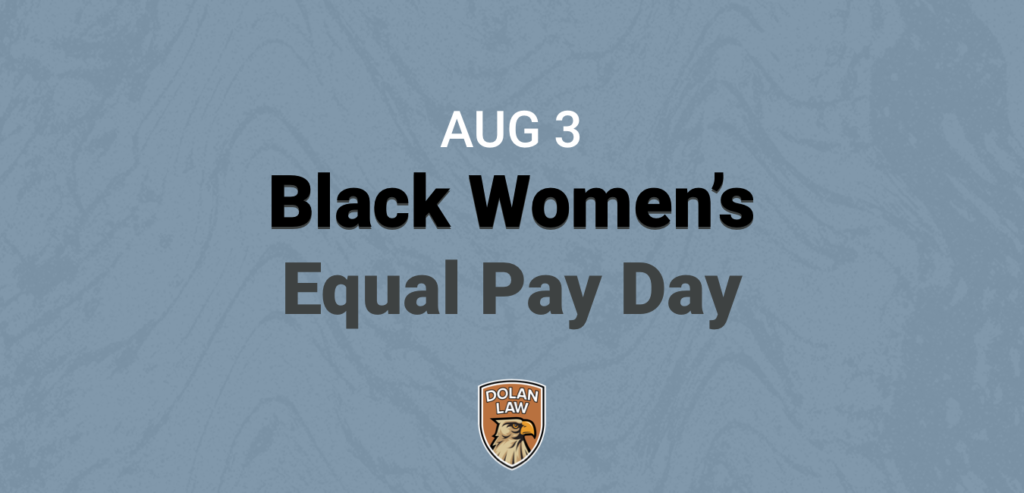California Recall: How Do I Review My Ballot And Why Is It So Confusing?
Written by Christopher B. Dolan and Kimberly Levy This week’s question comes from Matty G. in San Francisco: I got my recall ballot in the mail today. It is a little confusing. To start with, it’s asking me two questions. Do I answer the second question even if I vote “no” on the recall? Also, …
California Recall: How Do I Review My Ballot And Why Is It So Confusing? Read More »

